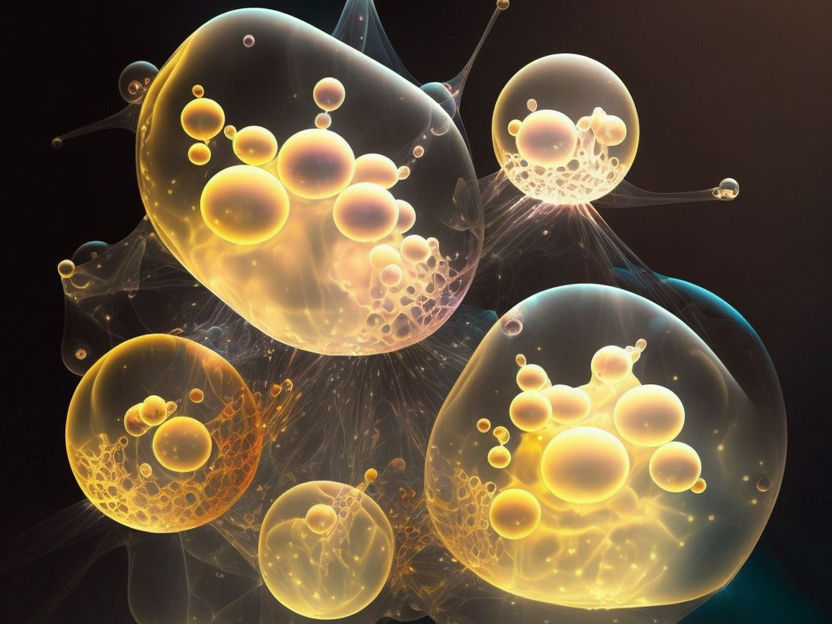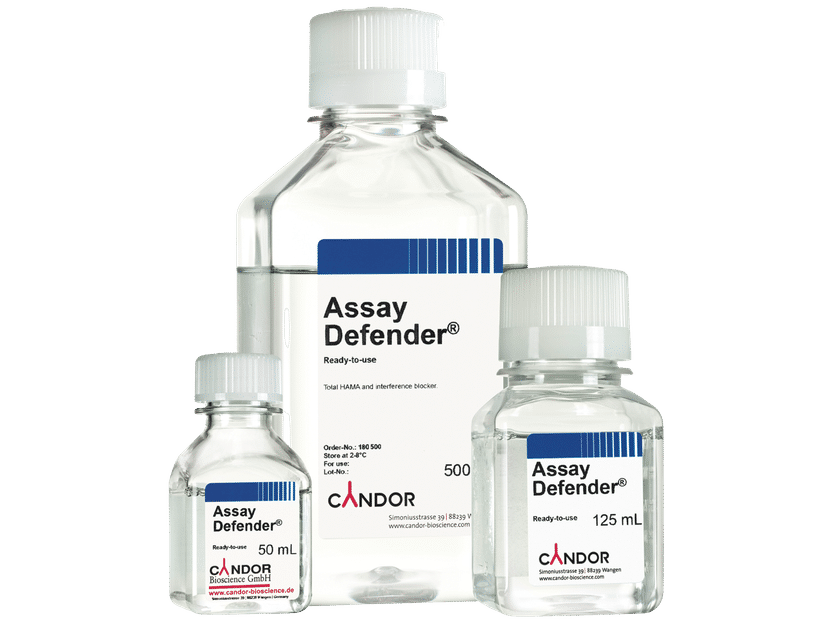A win-win for cell communities: Cells that cooperate live longer
New insights into the study of aging processes and age-related diseases
When cells exchange metabolic products with other cells, they live longer. This new finding comes from a research team at Charité – Universitätsmedizin Berlin, which made the discovery in a study using yeast cells. The fact that these exchanges directly impact cell lifespans could play a significant role in future research into human aging processes and age-related diseases. The study appears in the latest issue of Cell.

Symbolic image
Computer-generated image
Metabolism is inextricably linked to aging: While it helps maintain vital processes, makes us grow, and triggers cellular repairs, it also produces substances that damage our cells and cause us to age. “The metabolic processes that occur within cells are highly complex,” says Prof. Markus Ralser, Director of Charité’s Department of Biochemistry and Einstein Professor of Biochemistry on Charité’s medical faculty. “The exchange of substances between cells in a community is one important factor, because it has a substantial impact on the metabolism occurring inside a cell.” Cells are in constant contact with neighboring cells – within tissues, for instance. They release some substances and consume others from their surrounding environment. In a recent study, the team led by Prof. Ralser, a renowned expert in metabolism, investigated whether the exchange of metabolic products (known as metabolites) affects the lifespan of cells.
The researchers used yeast cells and performed experiments to establish their lifespan. Yeast cells are a key model in basic research, a dominant microorganism in biotechnology, and important in medicine because they can cause fungal infections. “We showed that the cells lived around 25 percent longer when they exchanged more metabolites with each other,” says lead author Dr. Clara Correia-Melo, who also works in the Department of Biochemistry at Charité. “So then we obviously wanted to identify the substances and exchange processes that are behind this life-prolonging effect.” To do so, the researchers employed a special analytical system supported by mass spectrometry that allowed them to precisely track the exchange of metabolites between cells. They found that young cells, which were still able to divide well and often, released amino acids that were consumed by older cells.
Amino acids are the building blocks that make up proteins. The research team discovered that the exchange of the amino acid methionine extended the lives of the cells involved. Methionine occurs in all organisms and plays a key role in protein synthesis, as well as many other cellular processes. “Interestingly, it was the young cells’ metabolism that prolonged the lives of the old cells,” says Prof. Ralser. The cells which within the community consumed methionine, released glycerol. In turn, the presence of glycerol affected methionine producing cells, causing them to live longer. Glycerol is needed for building cell membranes and plays a part in protecting cells. “It’s a win-win situation,” explains Dr. Correia-Melo. “As cells engage in this collaborative exchange, they prolong the lifespan of their community as a whole.”
This study of yeast cell communities is the first to show that metabolite exchange directly impacts the lifespan and aging process of the cells. The researchers suspect this also applies to other types of cells, such as those in the human body, and are aiming to investigate this in further studies. “A better understanding of the complex metabolic pathways both within and between cells will help with investigations into how age-related diseases like diabetes, cancer, and neurodegenerative conditions develop,” says Prof. Ralser. “Metabolite exchange between cells has been overlooked in the past, but it’s clearly a very important factor in the cellular aging process. We hope our study will help make the exchange of metabolic products between cells an area of greater focus in future research.” For his part, Prof. Ralser is now planning to investigate the precise mechanisms that allow glycerol to protect cells and extend their lives.























































